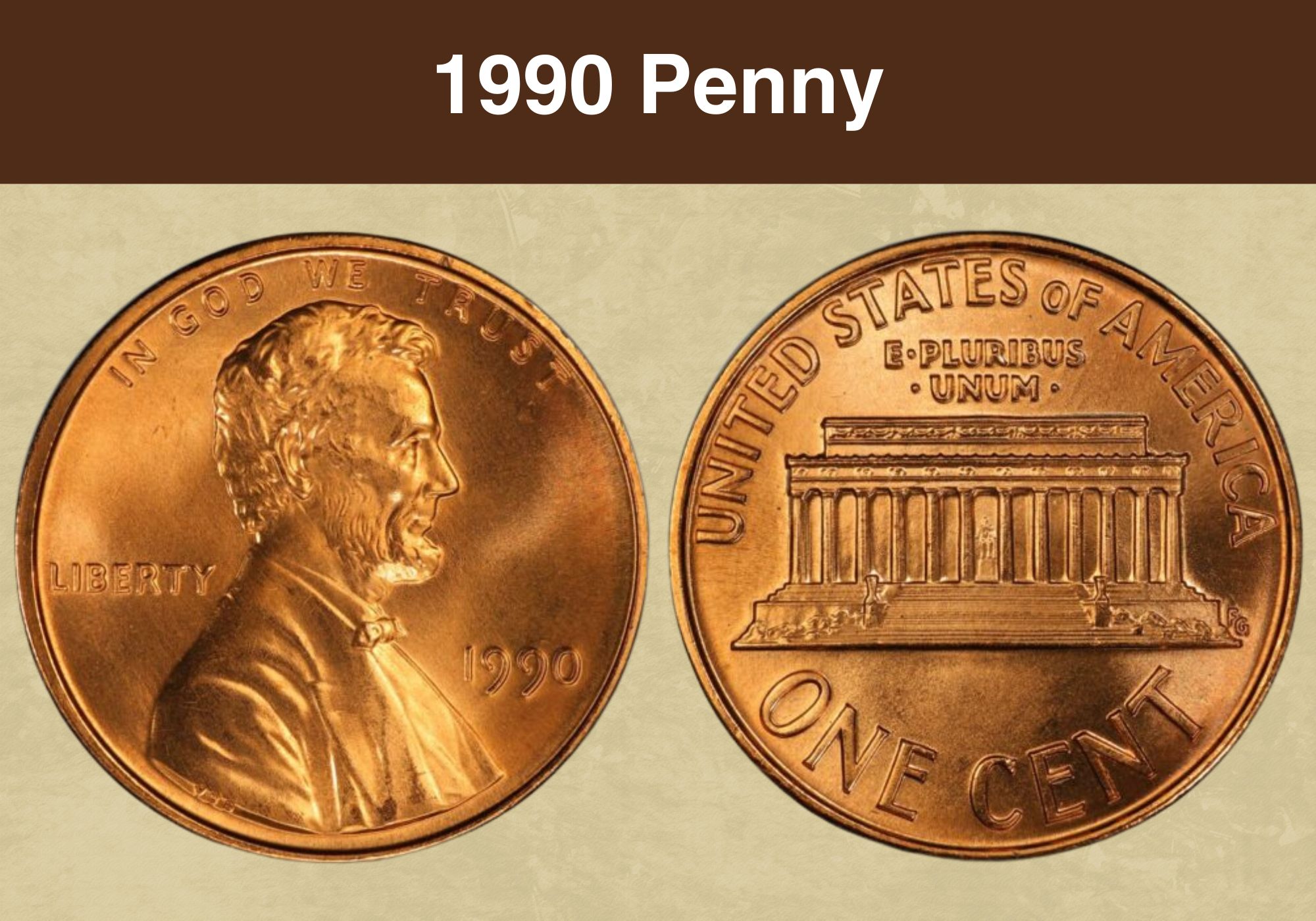
Coin Value Contents Table
Pennies are interesting coins. In 2023, it costs close to 3c to produce a single one, so they make a loss even before they leave the US Mint. And they don’t have much cash value either since they can’t buy a piece of candy! But we’re oddly attached to them, so we continue to mint and collect them.
Let’s look at the 1990 Penny Value and discuss its profit prospects.
1990 Penny Value Charts |
||||||
| Coin | MS 63 | MS 65 | MS 67 | MS 68+ | MS 69 | PR/PF 69 DCAM |
| 1990 (P) No Mint Mark Penny Red | $5 | $10 | $42 | $1,000 | $7,500 | – |
| 1990-D Penny Red | $6 | $10 | $28 | $340 | $3,000 | – |
| 1990-S Proof Penny | – | – | – | – | – | $14 |
| 1990 No-S Proof Penny | – | – | – | – | – | $6,400 |
History of the 1990 Penny
The most common coin in early US history was the Spanish Silver Dollar. Other coins were in circulation, but most people preferred this one. It wasn’t always used as a complete unit though. It could physically be chopped into eight wedges called bits. We also had Half Dimes made of silver. Below that, we had 1c, 2c, and 3c coins. We referred to 1c coins as pennies.
The Large Cent was introduced in 1793, one year after the US Mint opened. The 2c followed in 1864 but only lasted until 1873. The 3c came slightly earlier in 1851, but it was also phased out in 1873, leaving the penny as the only copper coin in circulation. Earlier, Half Cents were pure copper from 1793 to 1857. That said, all US coins contain a certain amount of copper.
Even gold and silver pieces had 10% copper to make them easier to mint. Modern precious metal coins contain 0.1% to 1% copper for the same reason. But while pennies had the largest copper quotient until 1982, they now have the least. And it may seem ironic because pennies are the only coins that still look like copper! To explain this, consider the Johnson Sandwich.
Coin Shortages and the Johnson Sandwich
In the 1960s, silver prices shot up so people started hoarding coins and melting them down. The US Mint responded by first avoiding all mint marks from 1965 to 1967. After that, they reduced and eventually removed the silver content in coins. This was replaced by a copper core coated with 75% copper and 25% nickel, named for 36th US President Lyndon Johnson.
This meant most US coins switched to 91.67% copper and 8.33% nickel. The nickel content allowed them to mimic their original silver appearance from the late 18th Century. Only the pennies kept their copper coloring. From 1909 to 1981, they were 95% copper, but that went down to 2.5% in 1982. The mint explored aluminum options, but zinc proved more effective.
For the record, while pennies are instantly recognized by their copper-colored appearance, you can still find some silver-looking pieces. These include the Steel War Pennies minted from 1942 to 1944. We made them so we could redirect the copper and nickel from coins to the war effort. You’ll also spot experimental aluminum pennies. They’re expensive and rare.
Metal Composition and Mint Marks
Originally, pennies were larger (28.5mm) and were made of pure copper. They changed to 88% Copper and 12% Nickel in 1857, reducing in size to 19.05mm. Then in 1864, they went to 95% Copper and 5% Zinc or Tin. These changes in size and metal composition were driven by spikes in the spot price of copper. This happened again in the late 1970s and early 1980s.
So in 1982, all pennies switched to 97.5% zinc and 2.5% copper. Also, other denominations started using the P Mint Mark for Philadelphia coins in 1980. For reference, the only other time Philadelphia had mint marks was during the War Years (1942 to 1945). This would later make it easier to pull these coins from circulation, so their war mint marks were extra-large.
But while other coins routinely had P Mint Marks after 1982, pennies still didn’t except in 2017 to mark the 225th Anniversary of the US Mint. Then in 2019, Pennies from West Point got the W Mint Mark to celebrate the 110th Anniversary of the Lincoln Cent. 1983 to 1986 West Point Pennies had no mint marks. And as you can see, mint marks affect resale prices.
Also read: 12 Most Valuable Lincoln Penny Worth Money
Features of the 1990 Penny
The technical term for the front or heads side of a coin is the obverse while the tails or back is called the reverse and the thin side is the edge. The raised border is the rim, the images are devices, the backdrop is the field, and the words are legends or mottos. Now for the features.
The Obverse of the 1990 Penny
It shows Abraham Lincoln facing right. The motto In God We Trust is above his head while the legend Liberty is on the left, behind his neck. The mint mark and mint date are in front of his chest on the right. His shoulder cut-off has VDB for coin designer Victor David Brenner.
The Reverse of the 1990 Penny
It shows the Lincoln Memorial Building with his statue in the middle. It has FG on its right corner for coin designer Frank Gasparro. The top of the coin reads United States of America, followed by E Pluribus Unum. The bottom of the coin shows the denomination, One Cent.
Other Features of the 1990 Penny
The 1990 Penny was 97.5% zinc coated with 2.5% copper. The top coat allowed the penny to retain its recognizable color. It was 19.05mm in diameter and weighed 2.5g. Its edges are smooth or plain, meaning they have no reeds. Pennies are graded red, brown, or red-brown.
Also read: 13 Most Valuable Wheat Penny Worth Money
1990 Penny Grading
When it comes to penny grading, three factors are important. First is the Sheldon Scale which goes from 1 to 70. Next is the color grade we mentioned earlier – RD for red, RB for reddish brown, and BN or BRN for brown. Red coins are the priciest. The third factor is reflectivity i.e. Cameo and Deep Cameo aka Ultra Cameo. Most ultra-modern coins are graded 67 to 70.
| # | Grade |
|---|---|
| 1 | Basal State-1 |
| 2 | Fair |
| 3 | Very Fair |
| 4, 5, 6 | Good |
| 7, 8, 10 | Very Good |
| 12, 15 | Fine |
| 20, 30 | Very Fine |
| 40 | Extremely Fine |
| 50 | About Uncirculated |
| 60 | Mint State |
| 65 | Mint State |
| 70 | Mint State |
Please check our grading guides to know your coin scale, It’s the necessary step to know the exact value of your coin.
Check out now: How to Grade Lincoln Wheat Penny?
1990 Penny Value Guides
Generally speaking, the older a coin is, the more it’s worth. But even with ultra-modern coins (1982 onwards) you can still turn a profit if your specimen is rare, has valuable errors, or is in top condition. We’ll look at mint mistakes in the Errors Section, but let’s start with 1990 Penny values based on their minting location. And in 1990, the mint used three branches.
1990 No-Mint-Mark Penny Value
In 1990, the Philadelphia Mint made 6,851,765,000 Pennies without mint marks. And while they’re over 30 years old, they’re still babies in the coin world, so it’s easy to get high grades. In April 2022, an MS 69 BN sold for $4,300 on eBay. And an MS 69 RD was $7,200 in June 2018. Since only two have shown up so far, their September 2023 value has risen to $7,500.
1990-D Penny Value
The Denver Mint made 4,922,894,533 with the D Mint Mark in 1990. And on 18th May 2021, an eBay vendor sold an MS 69 RD for $2,938. Less than ten have been submitted to PCGS so their price estimate in September 2023 is $3,000. But as we said, rarity is important. With nearly 300 coins graded MS 68, their value is $100, dragging the two MS 68+ down to $340.
1990-S Proof Penny Value
Proof coins can be mirror-like, reverse proofs, or matte proofs aka satin-finish. They’re made with special dies and their blanks or planchets are often pre-treated. In 1990, pennies were mirror-like, meaning the blanks were burnished in vats full of 6mm stainless steel beads to give them watery reflective fields. The die fields were also scrubbed with horsehair brushes.
Meanwhile, the textured sections were laser-frosted to create that hazy effect. Since computer frosting doesn’t fade like acid-wash coins, most 1990 Proof Pennies retain their Deep Cameo or Ultra Cameo grades. Conversely, acid-wash dies deteriorated every time they struck a blank so only the first 50 to 100 came out as DCAMs while the next 50 to 100 coins became Cameo.
The San Francisco Mint made 3,299,559 Pennies in 1990, all with the S Mint Mark. And in July 2004, a PR 70 DCAM sold for $2,358. But PCGS has received over 500 samples in that grade so their value in September 2023 is just $70. As for PR 69 DCAMs, almost 6,000 have shown up so their September 2023 value is only $14. And a PR 60 DCAM is only worth $1.
1990 No-S Proof Penny Value
Until 1990, the mint mark was manually added to coin dies using a hand-held punch. And it was the last detail added to the master die, so you’d find errors like re-punched mint marks (RPMs) or over-mint-marks (OMMs). Later, these mint marks were placed digitally using computerized engraving systems. But in 1990, they somehow forgot to put S on some proofs.
This flawed die minted roughly 3,000 coins before the mint mistake was fixed. We’ll discuss the top prices in the Error Section below. For now, let’s look at a few sales details. Note that PCGS grades proofs as PR while NGC labels them PF. One PR 69 BN sold on eBay for $5,250 in 2021. A PR 69 DCAM was $20,700 in 2007 but is only $6,400 today since 76 are known.
Also read: 17 Most Valuable Indian Head Penny Worth Money
Rare 1990 Penny Errors List
The best-known mint error on the 1990 Penny is the No-S Proof. It was a First Strike spotted within 30 days of the original release day and verified as FS-101. Other 1990 Penny Errors do exist though, and they include double strikes, misalignment, broad strikes, etc. Each of these mint mistakes increases the resale value of your 1990 Penny, so let’s check out a few of them.
1990 No-S Proof Penny Error
In 1990, the San Francisco Mint accidentally made 3,055 Proof Pennies without mint marks. In circulation, this coin variety might be mistaken for a Philadelphia Penny since it has no mint mark. But the reflective field and frosted device are key points, so look out for them if you ever bump into one. A PR 69 DCAM was $20,700 in 2007. It dropped to $8,813 in 2014.
1990 (P) Penny Double Strike and Broad Strike
Coin rims aka collars are the raised borders that retain a coin’s shape and ensure consistent face values by maintaining the amount of metal used on every coin. They also make coins stackable. Modern coin rims are made in upsetting machines. On this coin, the second strike doubled ‘United States’ while making the rim wider and flatter. In MS 64 RD, it was $150.
1990 (P) Penny Double Struck with 50% Indentation
When a coin is double-struck, it can produce several error variants. You might get overlapped designs if the coin shifted left or right and got re-struck on its way out of the mint. Or you’ll get a deformed coin like the one above. It’s even possible to get an indentation error where part of the coin cracks and caves in. That’s the case here, and in MS 64 RD, it sold for $120.
1990 (P) Penny DDO Error
DDO means doubled-die obverse, also known as hub doubling. It happens when the die moves between the first and second hub strike, causing the next impression to hit a slightly different spot. This double-vision effect is then copied on any coin that die makes. An MS 65 RD is about $120, but you may also spot some DDRs worth $25 if you check the coin reverse.
1990-S Proof Penny Double Struck in Collar with Obverse Rotation
In this case, the planchet shifted slightly clockwise before the second strike. This created an extra rim while doubling the words and numbers. You can see the doubling in the shadowy traces of Liberty, 1990, S, and the ‘E’ in the motto ‘In God We Trust’. This doubling appears on the heads side of this collector’s coin. Graded PF 67 RD, this Proof Penny sold for $500.
1990-D Penny Struck 45% Off-Center
For a coin to be correctly struck, it has to sit smack in the middle of the two dies. If the blank shifts slightly to the right or left, you might end up with a misalignment, sometimes called an off-center error. These mint mistakes are described in percentages, and this coin was 45%. It made the coin change shape to mimic a figure-8 and in MS 62 BN, the penny sold for $70.
1990 (P) Penny Double Denomination Error
A coin that has already been struck can sometimes find its way back into the mint. In such cases, the coin might get struck a second time. Here, a Roosevelt Dime was struck with the design of a 1990 Penny. On the obverse, you can see both Lincoln and FDR positioned at 90° while the back has the Freedom Torch and the Lincoln Memorial. In MS 65, it was $2,280.
1990 (P) Penny Struck on a Dime Planchet
This mint error is somewhat similar to the previous one. But while the earlier penny was struck on a completed 10c coin, this one was struck on a 10c blank. Every denomination has its own size and metal composition, so if a penny is struck on a planchet that was intended for a dime, the error can be quite profitable. Graded MS 65, this penny sold for over $550.
1990 (P) Penny Foldover Error
More than a hundred blanks move through the press every minute. They’re pushed into position by feeder fingers, and any lag can cause mint errors. In this case, the blank may have landed vertically. Or maybe it was still spinning. So when the dies pressed down, the coin got folded into a half-circle shape. Graded MS 62 BN, this foldover error sold for $745.
1990-D Penny Struck on a Copper Planchet
As we said before, 1909 to 1981 Pennies were 95% Copper. After that, they switched to 2.5% Copper over 97.5% Zinc. This Denver Penny was struck on 95% Copper. They accidentally used a planchet from before 1983, and you can tell because it weighs 3.1 g instead of the expected 2.5g. Graded MS 64 BN, this wrong planchet penny was auctioned for $5,640.
Also read: 11 Most Valuable Wheat Penny Errors
Where to Sell Your 1990 penny ?
Now that you know the value of your coins, do you know where to sell those coins online easily? Don’t worry, I’ve compiled a list of these sites, including their introduction, pros, and cons.
Check out now: Best Places To Sell Coins Online (Pros & Cons)
1990 Penny FAQ
What is a 1990 No Mint Mark Error Penny?
It’s a Proof Penny from San Francisco that doesn’t have the S Mint Mark. This shouldn’t be mistaken for circulating Philadelphia Pennies which also don’t have mint marks. You can tell the difference because 1990 No-S Pennies have a highly reflective watery finish on their field.

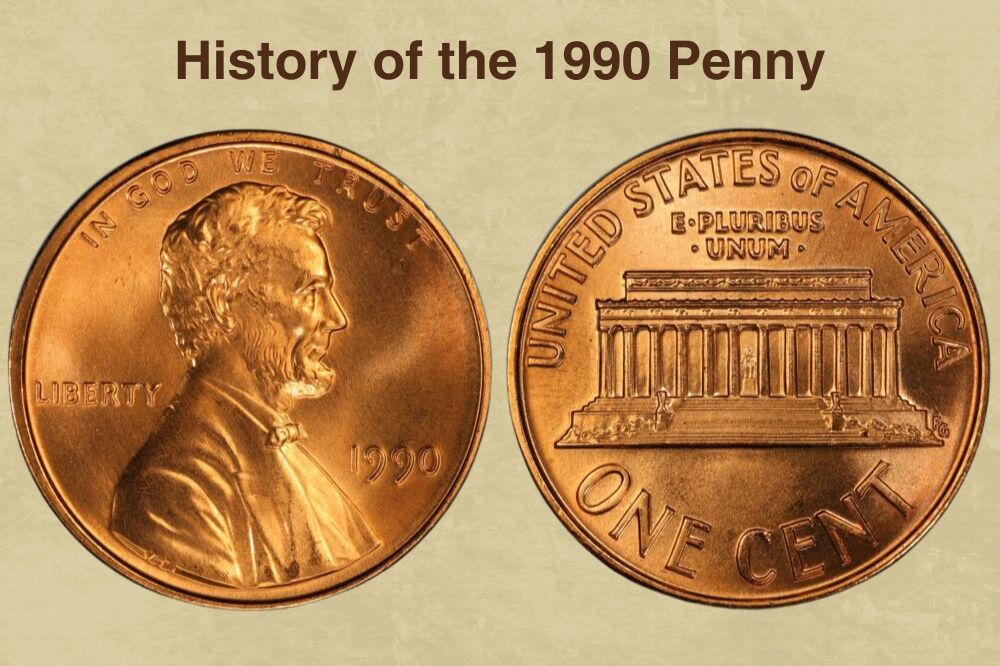
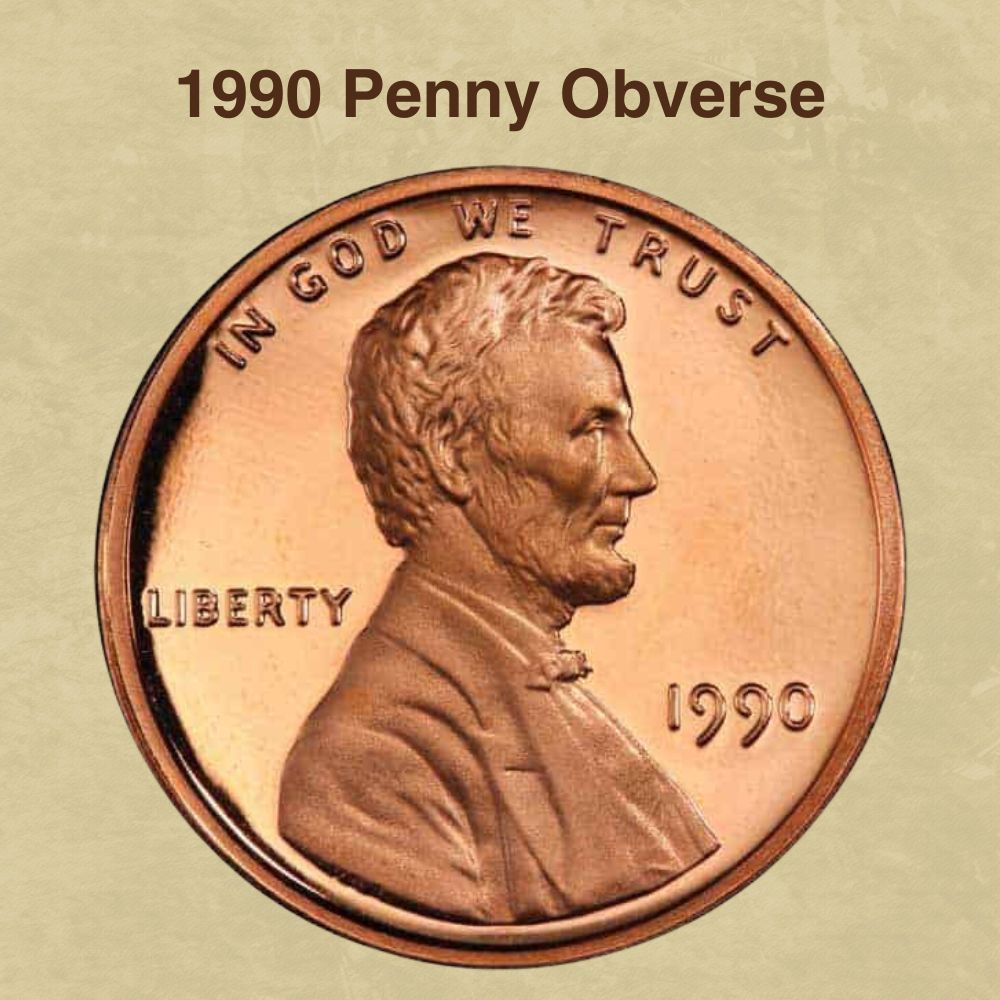
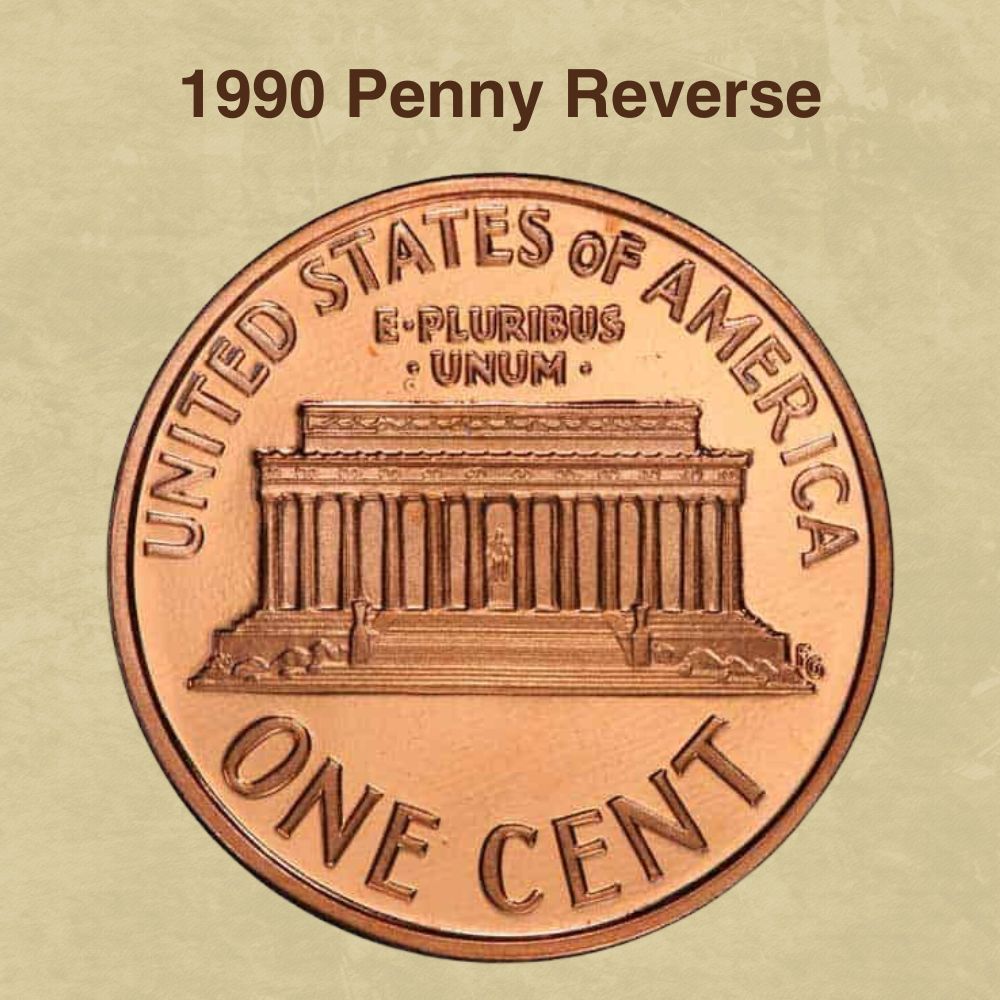
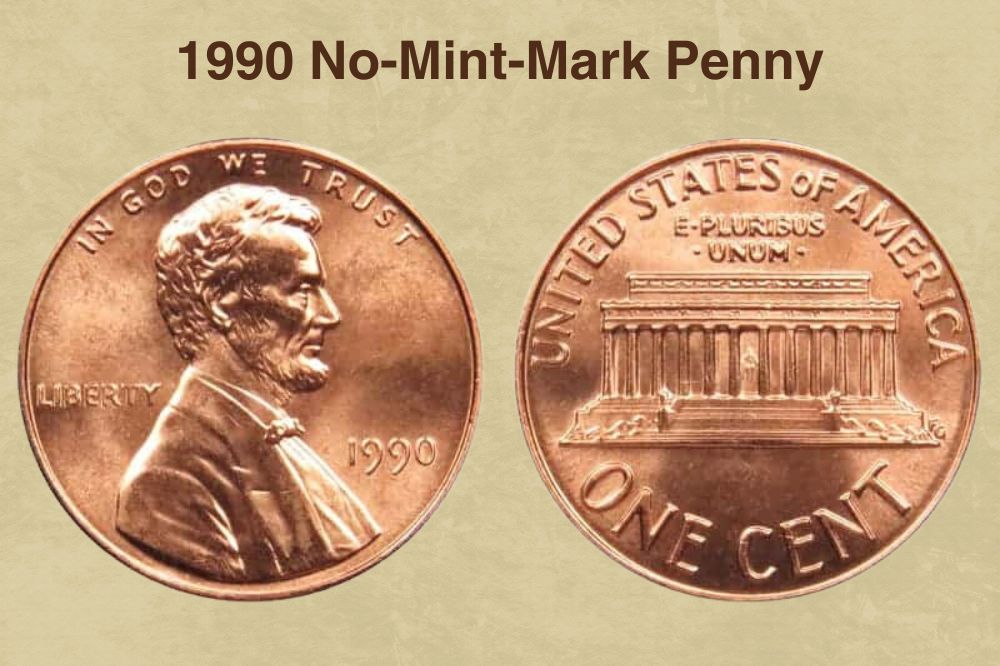
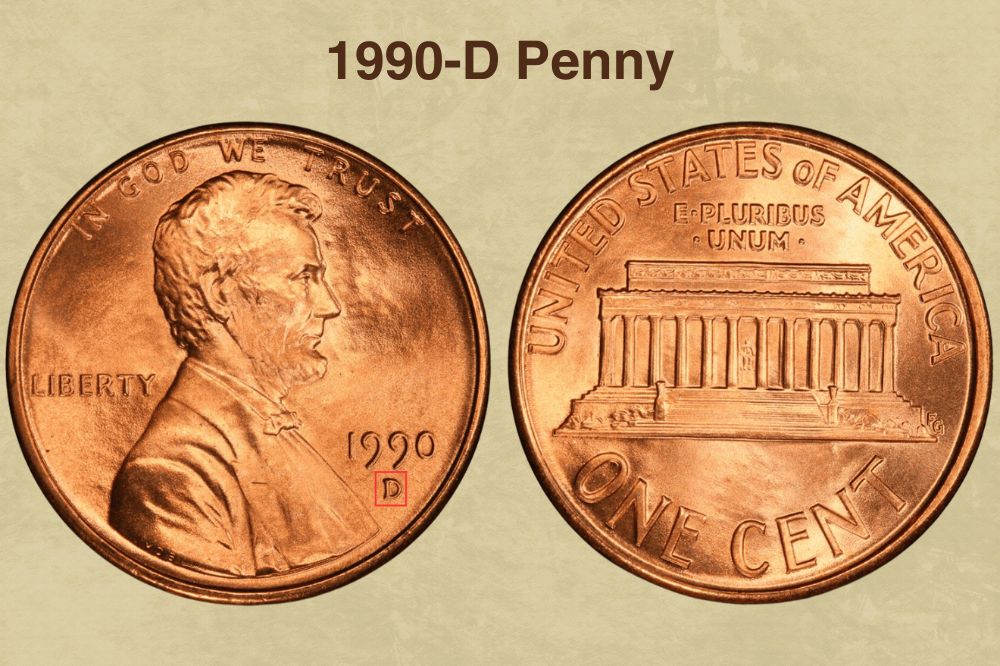
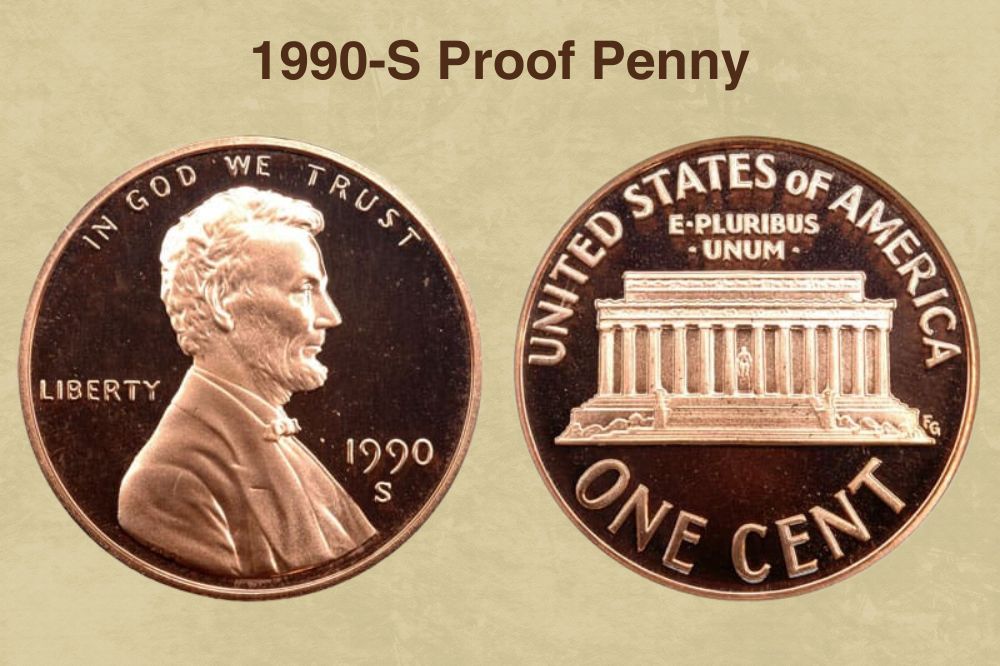
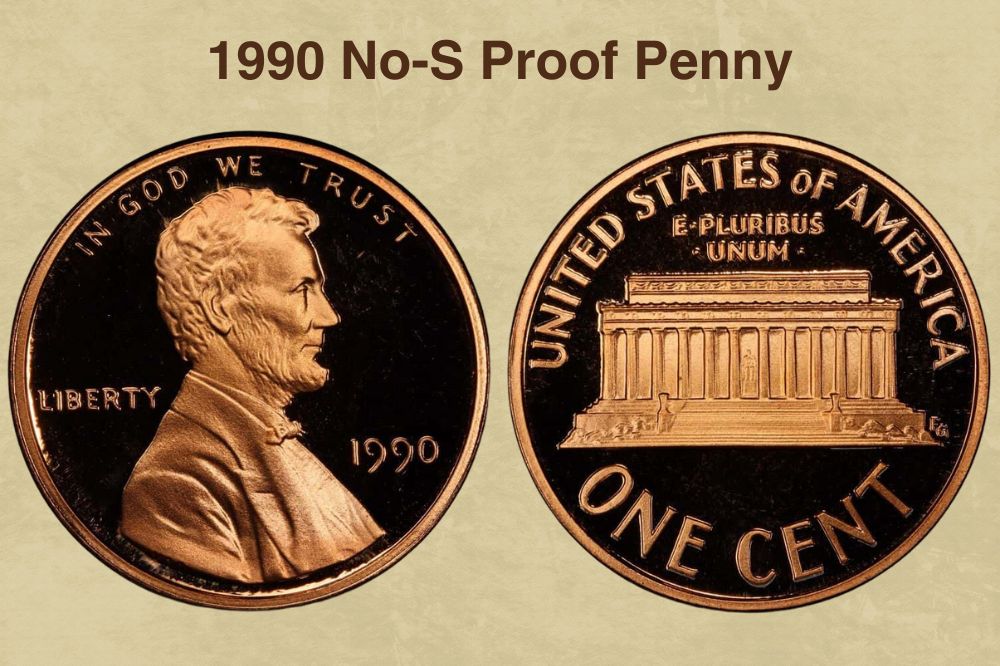
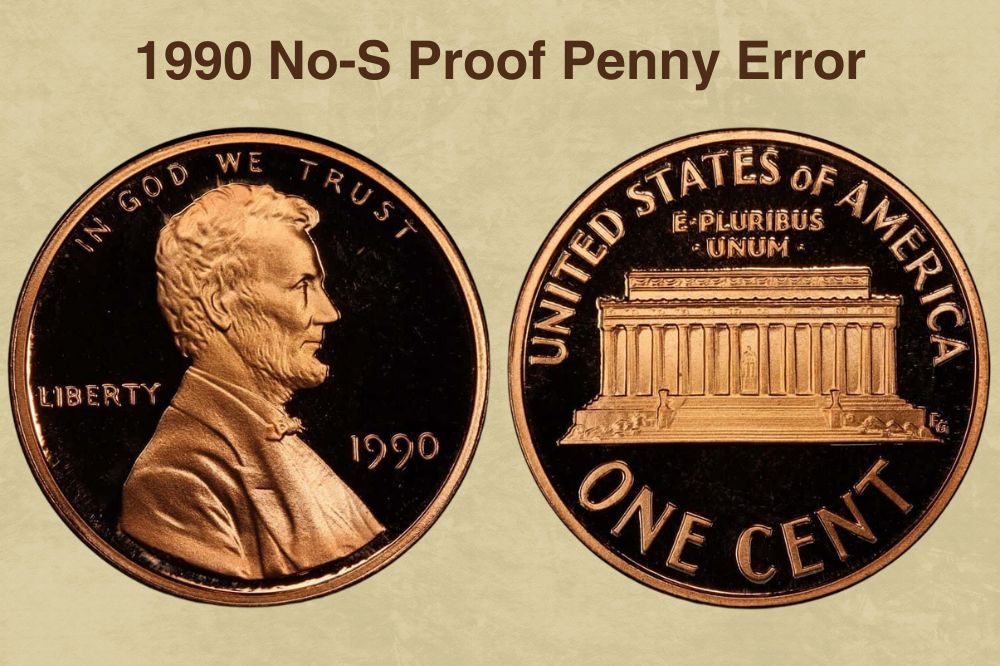
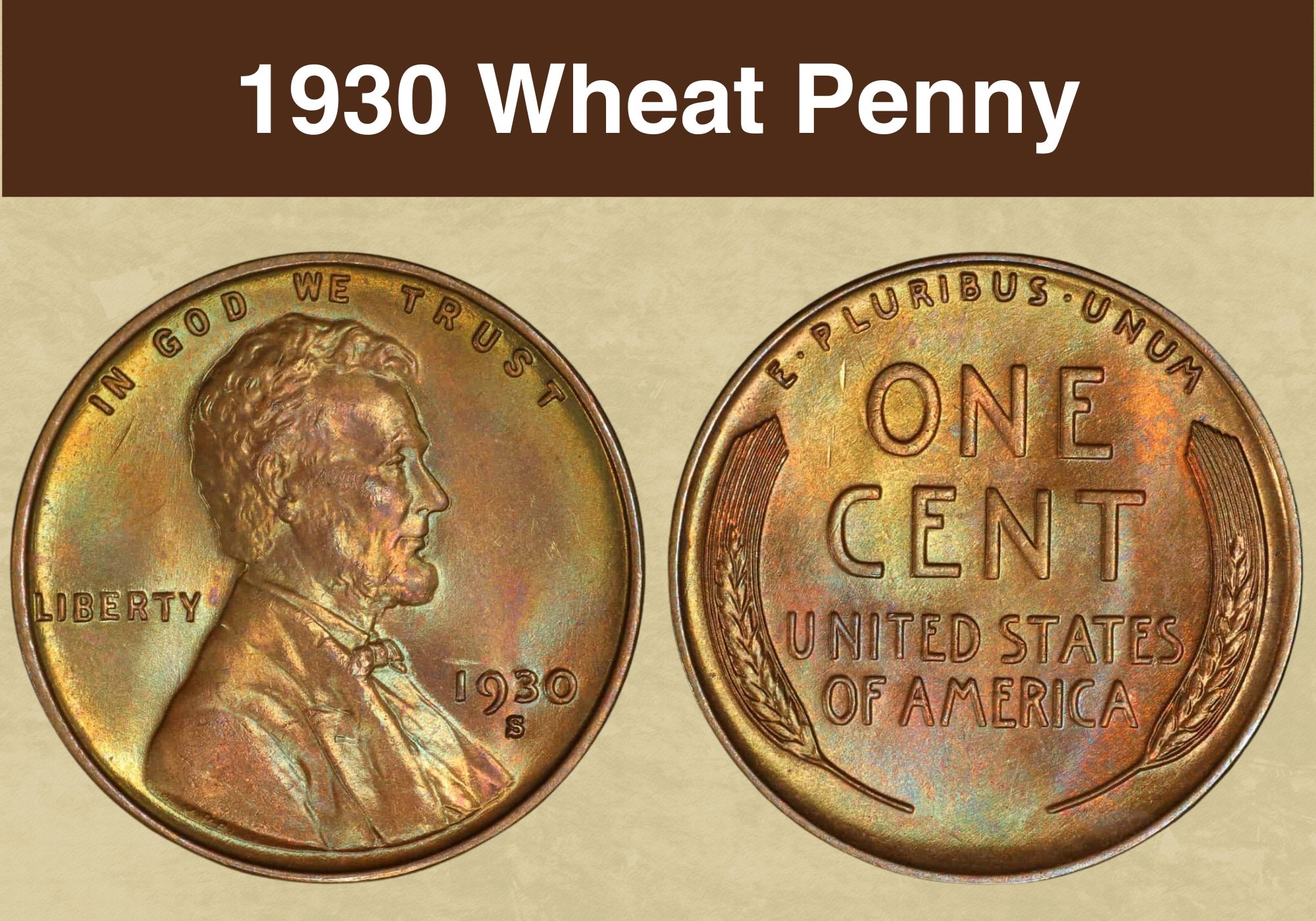
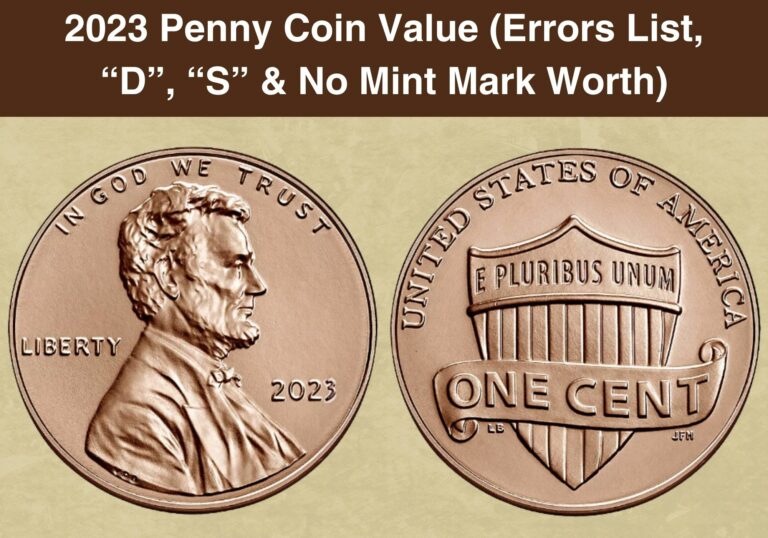
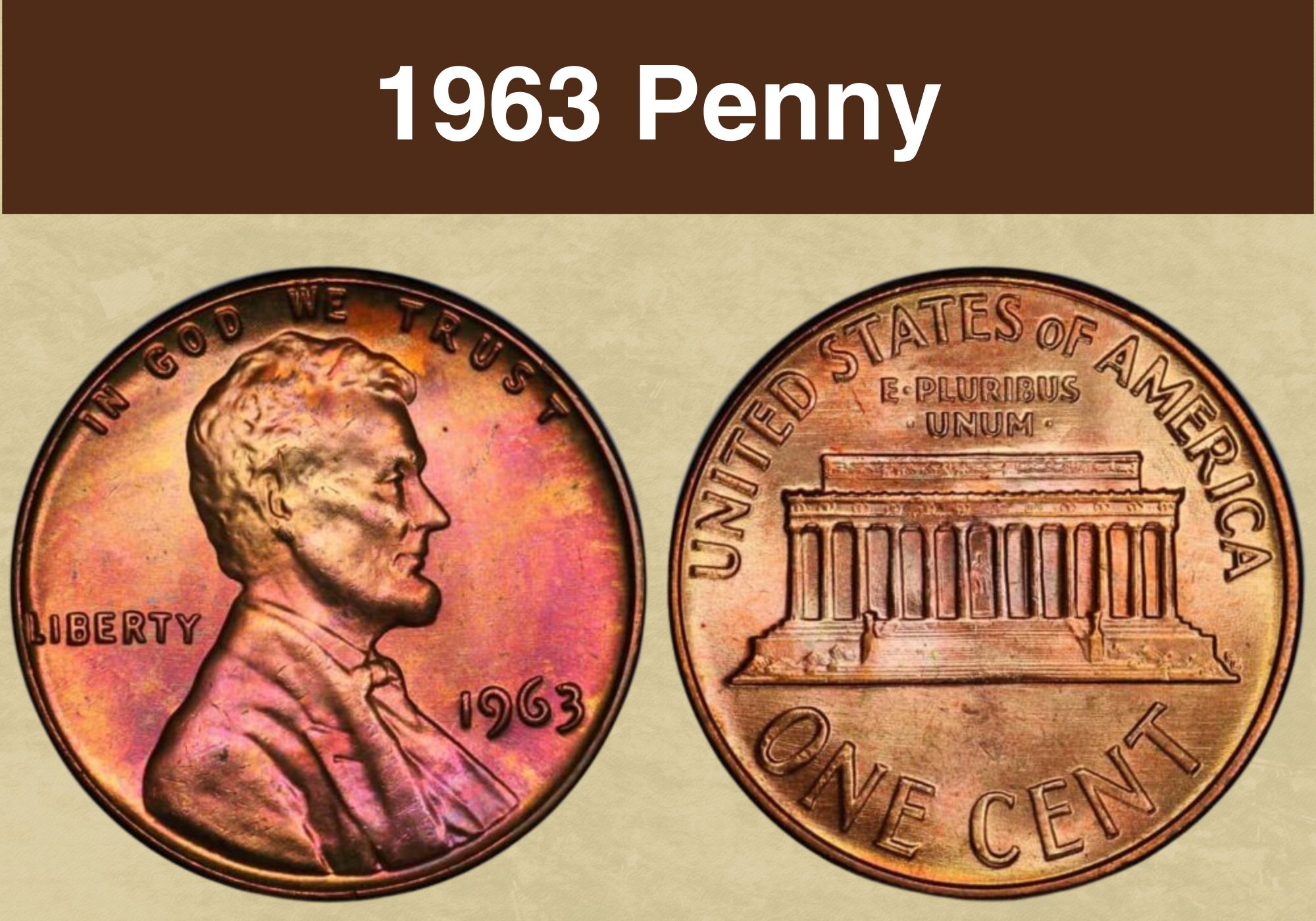
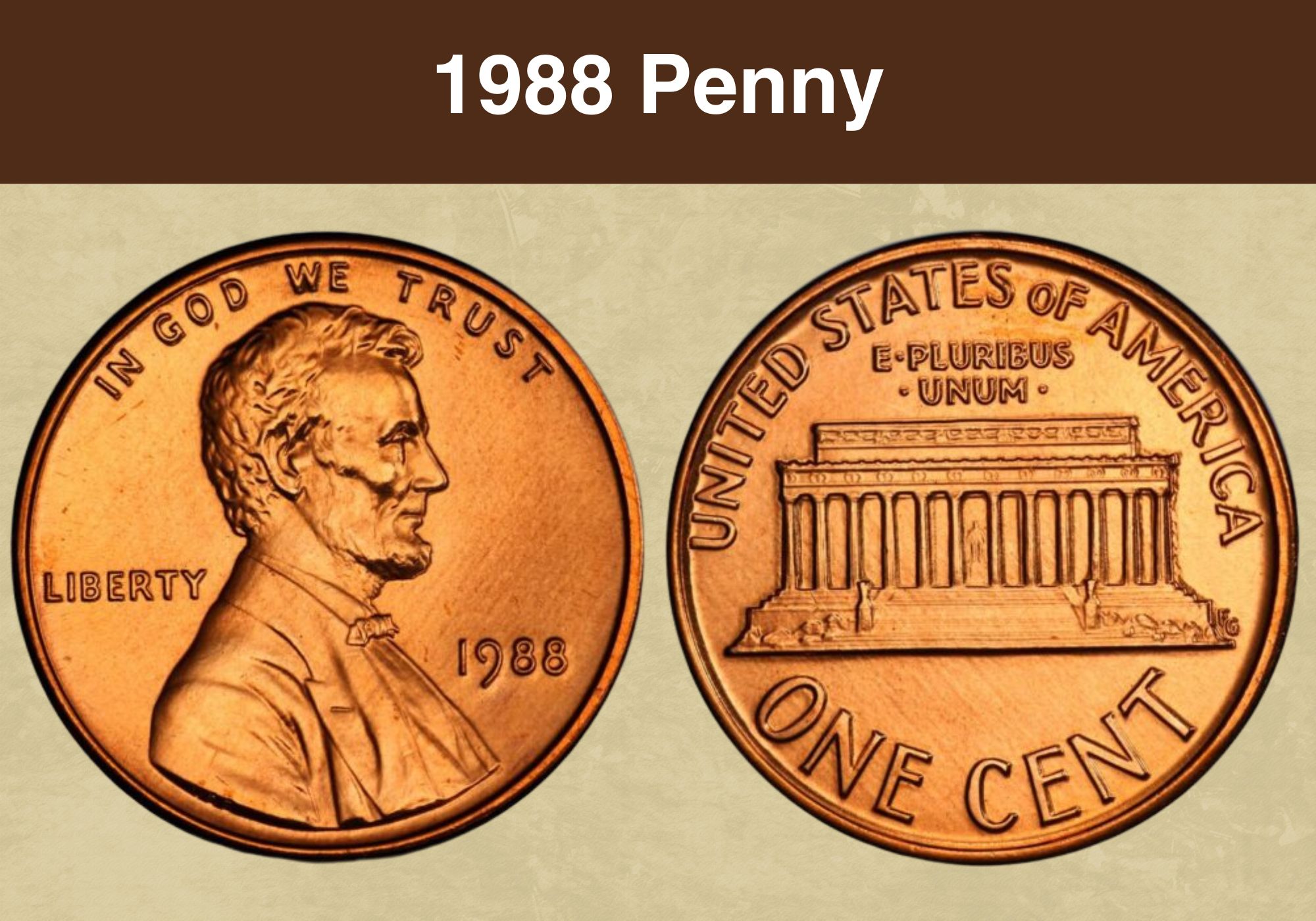
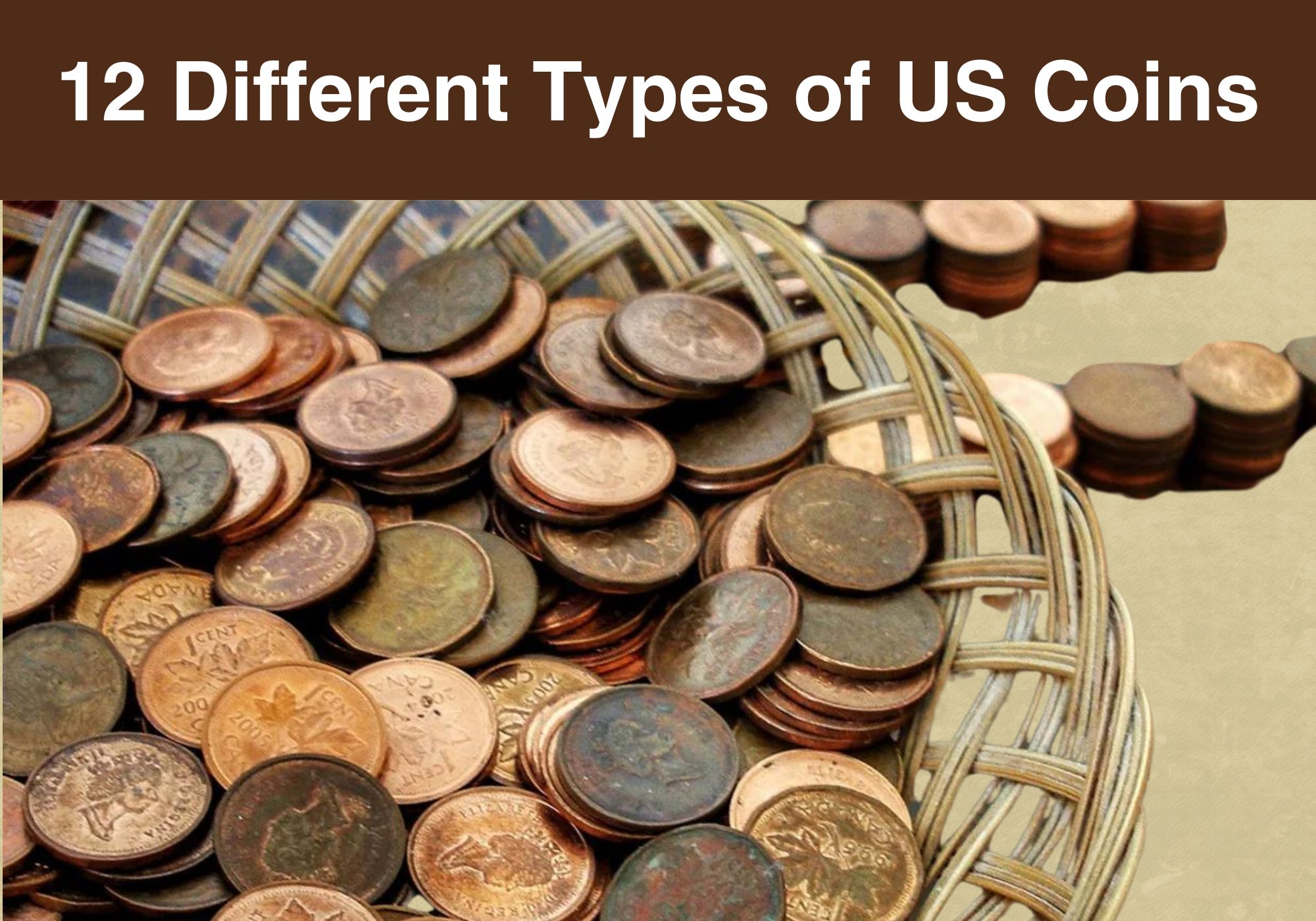
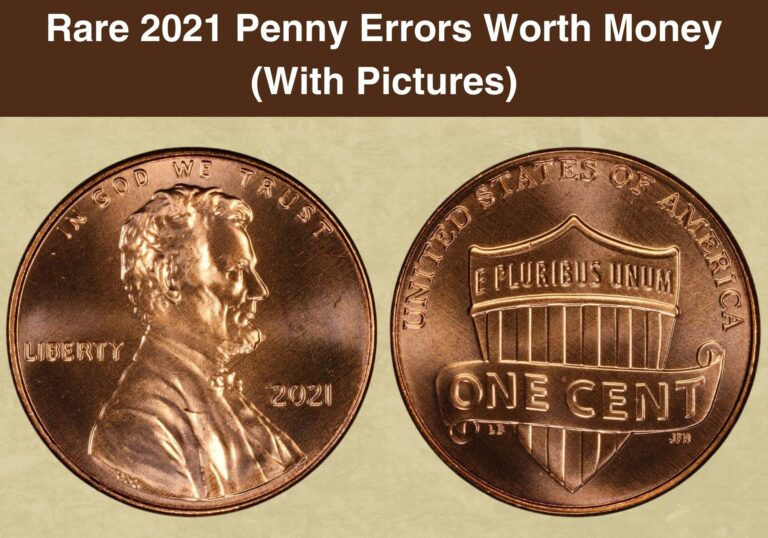
I have a redish brown 1990 d penny weighing 3.1gram. Is it worth much?